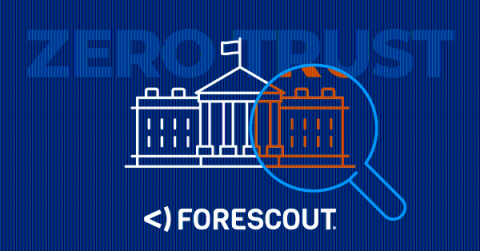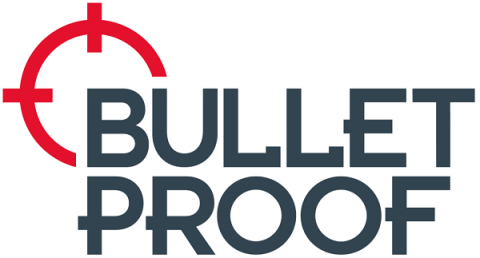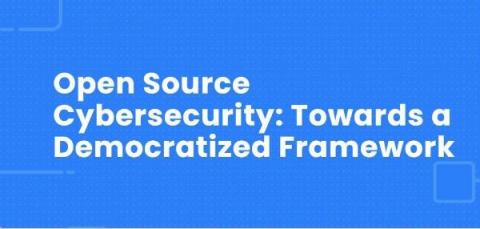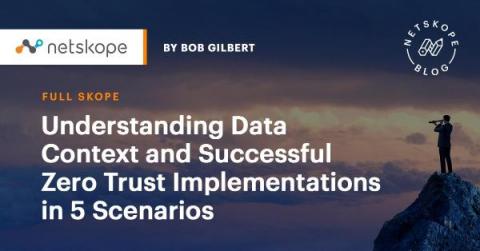How to meet OMB's Zero Trust Strategy goals for IT, IoT and OT Devices
On Jan. 26, the Office of Management and Budget (OMB) published its widely anticipated final version of its zero trust architecture strategy, identifying top cybersecurity priorities for the federal government. This achievement raises the country’s cyber defense strategy to a level commensurate with the “increasingly sophisticated and persistent threat campaigns” it faces.











